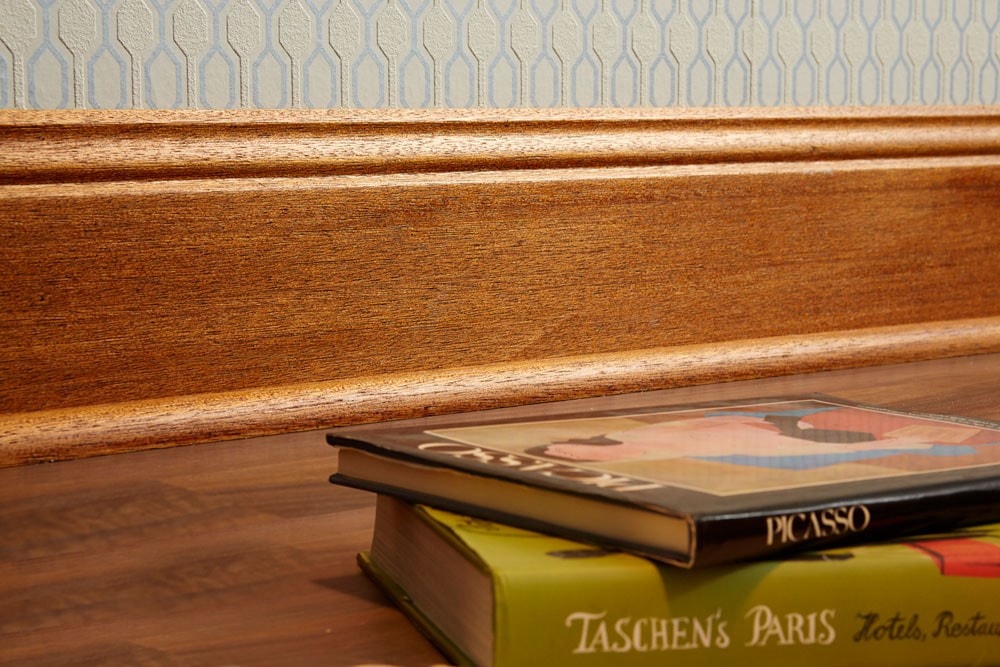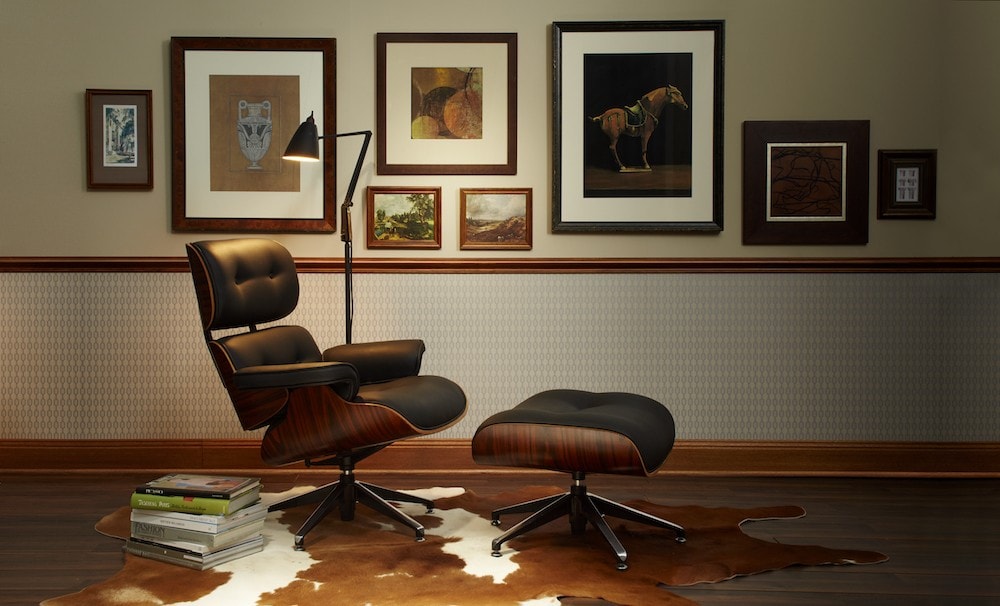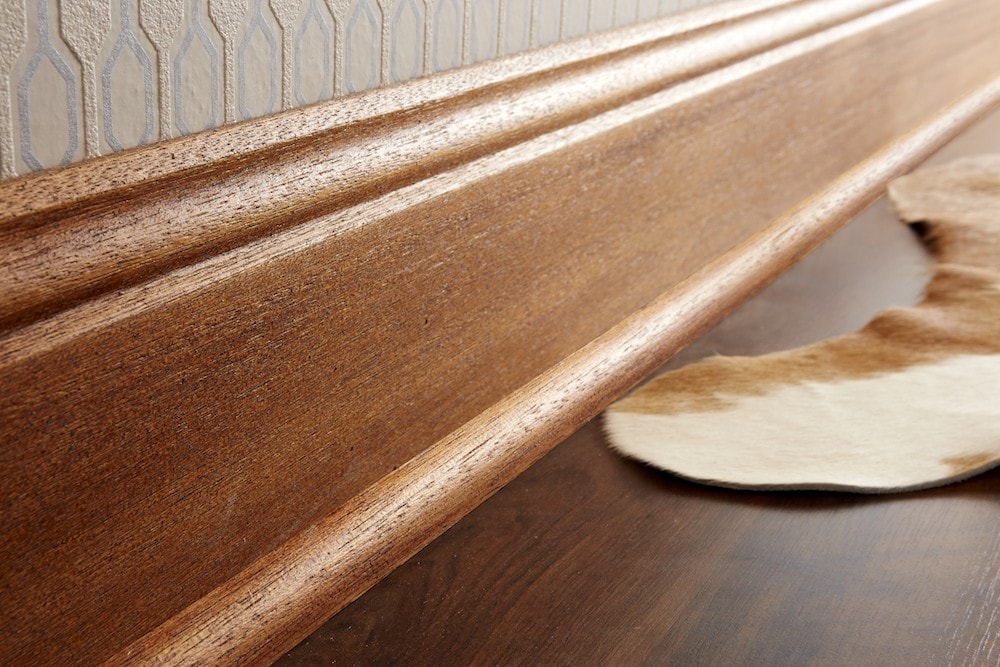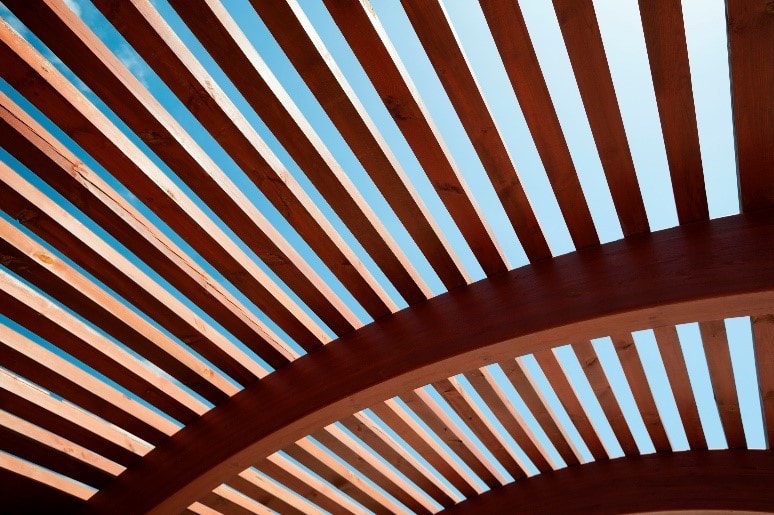Shorea, Parashorea
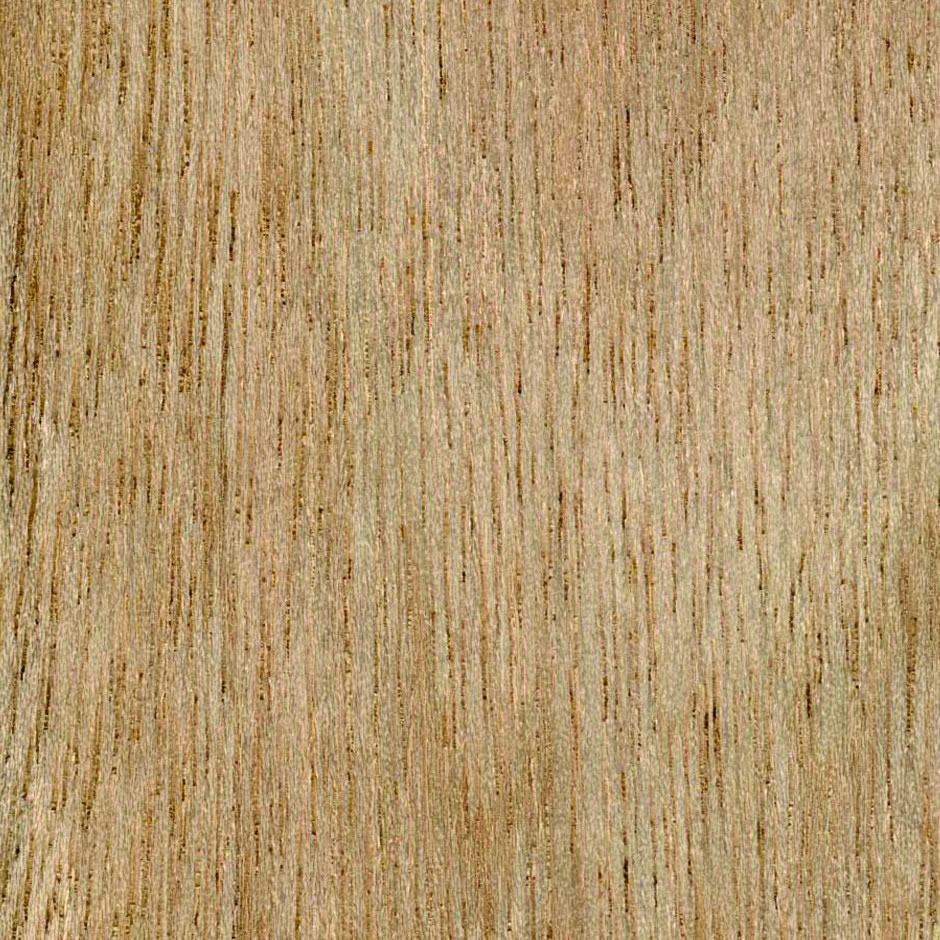
Technical Features
Meranti is a soft to firm hardwood timber. Meranti is not subject to warping or twisting and is dent resistant. Because of its stability it can be used for a wide variety of applications.
Visual Features
Meranti ranges from pale-red to reddish/brown. Due to the number of variations being marketed under the botanical species name Shorea, yet called Meranti, there will be some colour variation across the timber species. It has a moderately coarse grain but even in texture with an attractive ribbon feature.
Workability
Meranti is easy to work with and has good nailing, screwing and gluing properties. Meranti readily accepts varnish, paint or stain. Its open grain structure means surfaces should be sanded before finishing. It is readily used for a wide variety of internal decorative applications and window frames. As Meranti has a fairly high silica content, it is essential to keep all cutting tools very sharp as the silica will dull the edge very quickly.
Applications
Meranti is popular for use in a wide variety of internal applications such as joinery applications for mouldings, cabinetry, architraves and skirting, newel posts, handrails, furniture and panelling.
Photo Gallery
Meranti FAQ’s
There are two types of Meranti, Dark Red and Light Red. Meranti consists of 20 different species meaning the span of colours is quite varied so you will see many shades from light-pink to dark-red. Porta manufacturers and moulds Light Red Meranti, which is less dense than Dark Red making it ideally suited to mouldings and internal joinery applications where decorative profiles are needed.
Meranti is not recommended for external use. Porta Meranti is a Class 4 natural durability timber for indoor use.

